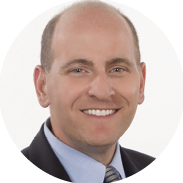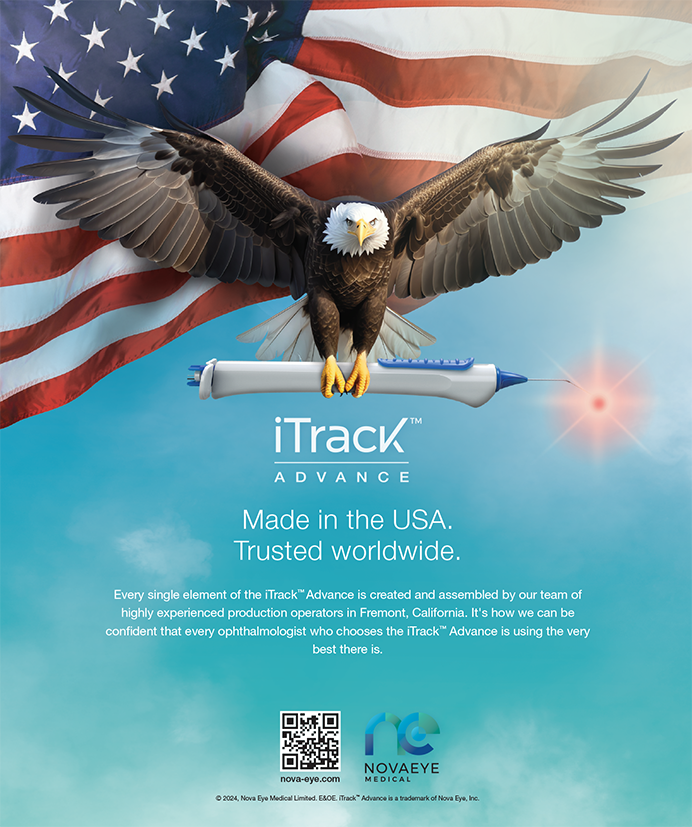
One of the reasons ophthalmology is such a special field is that, roughly every 10 years, a groundbreaking innovation emerges that completely changes the game. Thirty years ago, it was small-incision phacoemulsification that elevated cataract surgery to a refractive procedure. Twenty years ago, new refractive implants gave patients the opportunity to achieve astigmatism correction and a range of vision. Ten years ago, MIGS added value to cataract surgery for patients with coexisting glaucoma. Looking ahead, I expect the next 10 years to usher in a shift toward earlier lens surgery, primarily for refractive purposes.
In my practice, like many others, patients—swayed by the refractive benefits their friends have enjoyed through advanced technology lens implants—are opting for cataract surgery at an earlier stage. Lena Beckers, MD, and David Beckers, MD, unpack the trend toward refractive lens exchange (RLE) in their article in this issue of CRST. Differentiating between patients with visually significant cataracts and those primarily seeking refractive correction is not only good ethics—it’s essential for avoiding insurance and Medicare fraud. Insightful articles from Beeran Meghpara, MD; George O. Waring IV, MD, FACS; and Quentin B. Allen, MD, offer invaluable advice on determining the right procedure and effectively communicating the choice to patients. Kevin J. Corcoran, COE, CPC, CPMA, FNAO—the godfather of reimbursement and coding—describes how proper practice administration of these procedures should keep us out of trouble.
When the focus of surgery is refractive, we can also sidestep certain third-party payer stipulations, such as reduced payment for second-eye surgery. Steve A. Arshinoff, MD, FRCSC, and Susan Ruyu Qi, MD, explore immediately sequential bilateral cataract surgery and show the ample data that support its safety. Additionally, Chris Bender, DNAP, CRNA, APRN, who has extensive experience in cataract patient anesthesia, guides us on transitioning away from IV anesthesia while maintaining an excellent patient experience.
For many of us who have long-standing affiliations with ambulatory surgery centers, this setting remains our preferred surgical venue, often echoed by positive patient feedback. A growing trend, however, suggests patients might prefer having their surgery in the office environment. Daniel S. Durrie, MD, cites safety and profitability studies, and Dagny Zhu, MD, offers a shopping list for setting up an in-office suite.
Lens implant selection and counseling for RLE can differ from what we share with cataract patients. Tal Raviv, MD, explains how he sorts patients based on their desires, refractive errors, and past visual correction methods. He describes how to use combinations of existing lenses to achieve consistently positive results. P. Dee G. Stephenson, MD, FACS, describes successful strategies using monofocal and small-aperture lenses for patients with a history of refractive surgery, and T. Hunter Newsom, MD, helps us understand how a light-adjustable lens can fit these unique RLE patients.
Talking with fellow surgeons around the world about RLE, I find most recognize there’s a growing desire from patients with presbyopia for a truly effective visual solution. Some surgeons are cautious about this trend, and others are all in.
To me, the future belongs to eye surgeons who embrace what the public wants—an easy surgical experience that delivers a safe procedure with positive, permanent results. RLE is already doing that, and the procedure is only getting better.




